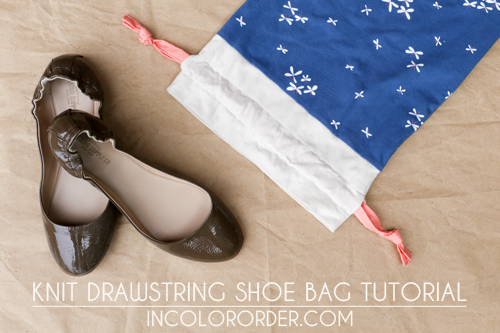
Happy Monday! A couple years ago I bought a new sewing machine. Since then I have had a number of questions about how well I like it. So, I thought today I would finally post a proper review of the machine I bought, a Janome 1600P-QC.
I'm slightly embarrassed to say it's now been almost three years since I bought my machine and I'm only now getting around to posting this review! On the plus side, I've had a long time and a LOT of projects (including all the projects for my book) to figure out what I like about it. Before we dig in though, I'd just like to say that I'm not affiliated with Janome in any way and this post is a reflection of my personal opinions.

With that being said, I love this machine. If it broke down today, I'd buy another one. But let's back up a little. Prior to the 1600P, I had a Janome Horizon 7700. I'll be honest, the Horizon and I did not get along. It had a lot of good qualities, but had way too many bells and whistles for me. When I decided to look for a new machine, I knew I wanted to simplify. I had been using my vintage Singer Featherweight a ton, and wanted to find a machine that most closely resembled that, but bigger. Enter the Janome 1600P.

It's a nice heavy duty machine, with a primarily metal body. It is a straight-stitch only machine which is what my Featherweight is. This means it can only do one stitch, but that it can do that one stitch very well. I had learned this from working on the Featherweight. Since it only stitches straight the needle plate has one little hole in it for the needle, so it's much less likely to pull fabric down into it.

This machine is fast! That's one of my favorite thing about it. It's got three speed settings: turtle, sitting bunny, and running bunny. It can stitch at up to 1600 stitches per minute. As someone who sews a lot (and likes to sew fast), it has been wonderful using this machine. Especially when piecing, I can cruise right along.


Another one of my favorite features about this machine is the separate bobbin winding motor and thread path. I have a dedicated cone of thread set up for winding bobbins and one for the top thread. I don't have to un-thread my machine or even stop sewing when I need to wind a new bobbin.

I have a few favorite feet for the machine that I use the most. The 1/4" foot is what I use the most (which I'm very happy to say has a remove-able guide.). I also bought a narrow straight stitch foot. It's super tiny and is perfect for topstitching. Next up, the walking foot. It's sturdy, and does it's job. Finally, the adjustable zipper foot, which you can move to either side of the needle.

With my old machine I never took advantage of even some of the simplest features, but I've been taking full advantage of them on this machine. I use the automatic thread cutter for just about everything, and I love how it lifts up the needle when it's done cutting. This really comes in handy when paper piecing.
Side note: Since it is a semi-industrial machine, it is pretty loud. I sit mine one a folded up mini quilt to help dampen some of the noise for our neighbors. I also invested in a pair of wireless headphones, which I use when sewing. Just an FYI!

Since the 1600P sews at high speeds, it does use special needles, HLx5 needles. My favorite for piecing are 75/11s. For bag making or projects using thicker fabrics I like 90/14s. Finally for quilting (free motion & straight line), I like 100/16s. This machine also needs oiling every few hours. I use the same precision oil pen I use for my featherweight.

One thing I would like to mention about this machine is that it does take some getting used to. The tension is set manually and it also has a pre-tensioner. It can take a bit of fiddling to get the tension just right, but once you do, it sews great.

I wanted to share my settings for this machine for free-motion quilting. There isn’t anything about free-motion quilting in the manual and when I first tried it on this machine I had to do some trial and error to find what worked for me. Here is what I do:
- Put on the free-motion quilting foot, and free-motion quilting needle plate.
- Use a new size 100/16 HLx5 needle.
- Set stitch length to 0.
- Set presser foot pressure to 0.
- Lower the upper thread tension a bit.
- Slightly loosen bobbin tension.
- Adjust free-motion quilting foot height as desired.
You'll definitely want to play around with a practice quilt sandwich to get the right combination of tensions. Don't forget the pre-tensioner if you're having trouble with the top tension. I keep my pre-tensioner pretty loose, and adjust with the main tension knob.

The 1600P is the perfect machine for the type of sewing I do. I primarily use it for piecing, which is great for the high-speeds, but I love to make bags and other projects too. I try to use this machine and my serger as much as I can to make garments, but occasionally pull out my backup machine (a Janome Memory Craft 4800) for it's free arm and buttonhole capabilities.
Happy Quilting!







































